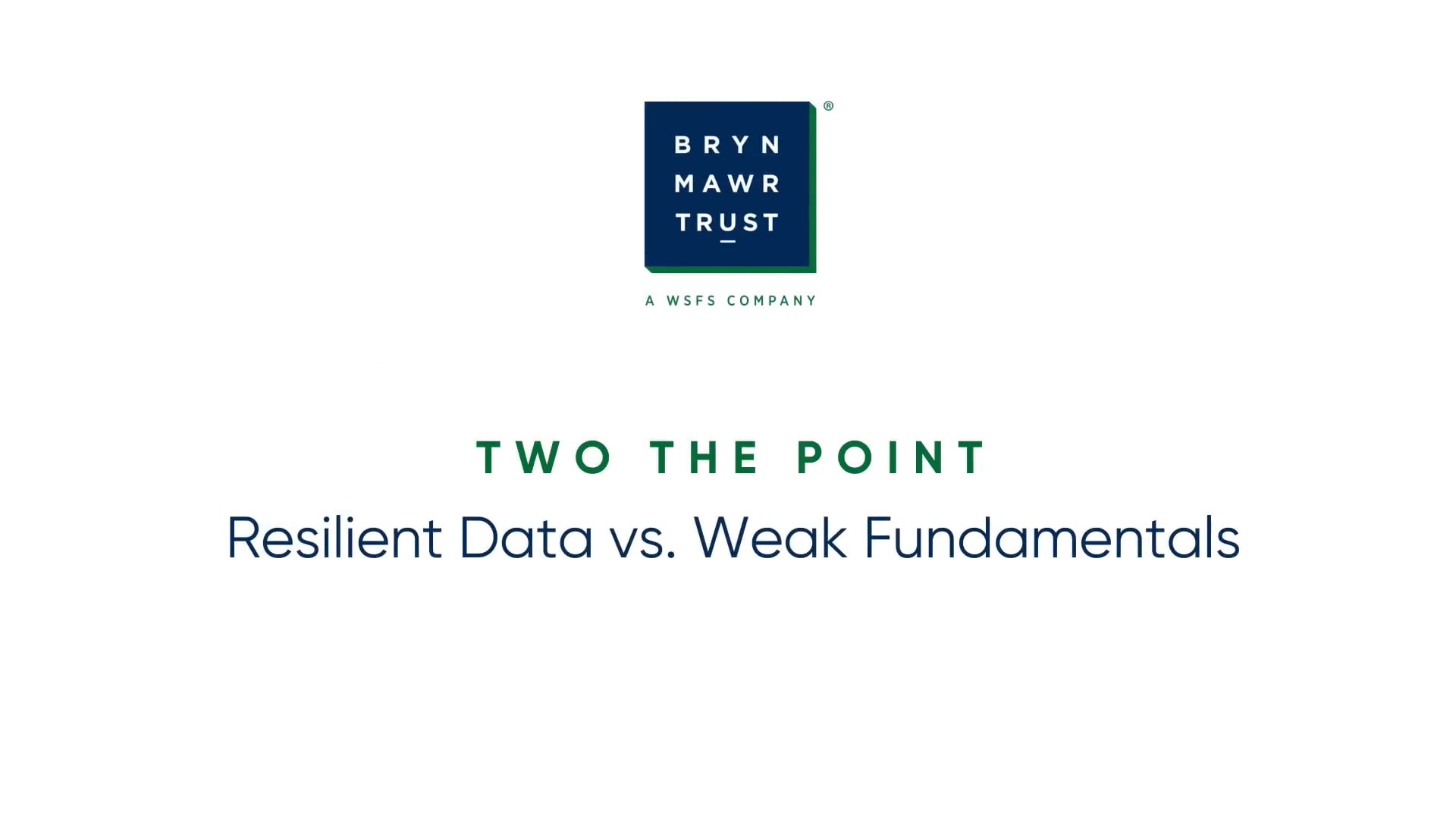The Three Most Important Questions to Answer Before Gifting to Charity This Year

For many of us, the end of the year is often a mad dash for charitable giving. Before you write that check this December, take time to reflect on how you will gift, the timing, and who will gift alongside you to make your donation most meaningful.
There are many ways to give, including the use of charitable vehicles that allow you to support causes more strategically.
Donor-Advised Funds (DAFs): DAFs allow you to contribute various assets, including appreciated assets, claim a tax deduction in the year of your gift, and distribute funds to charities over time, all through a single online account. Plus, DAF assets can be invested to grow, meaning your contributions can make an even more significant impact down the line.
Charitable Remainder Trusts: Though less widely used than DAFs, charitable remainder trusts can be incredibly impactful. Put a range of assets into the trust, receive a partial tax deduction, and use it as an income stream. Once the trust’s term ends, the remaining assets are donated to charity. This helps you financially and allows charities to benefit over the long-term.
Qualified Charitable Distributions (QCD): If you’re 70½ or older, using part of your taxable IRA distribution for charitable giving is a fantastic way to support causes that matter to you while also being tax efficient. With a QCD, you can gift up to $105K from your required minimum distribution (RMD) to charities of your choice. The distribution won’t count as taxable income, lowering your tax bill. And in 2024, you can even use up to $53K of your QCD to fund a Charitable Remainder Trust.1
The timing of your charitable gifts is crucial, as strategic planning can maximize both the impact of your donation and the associated tax benefits.
If you’re considering a DAF, charitable trust, or QCD, start the process early and to qualify for tax advantages this year, gifts generally need to be completed by December 31.
For DAFs, aim to have your account opened by November 15 and start funding it by December 1. Most DAF providers have year-end giving deadlines on their websites. If you want your charities to receive grants before year-end, give yourself extra time, as funds can take a couple of weeks to be issued. For QCDs, your IRA custodian can help transfer funds electronically or mail checks to your charities. With a charitable trust, set-up can be complex and might take up to a year to finalize, so plan ahead.
Having open conversations with those who will gift alongside you is essential too. And the holiday season is a perfect time to gather with family and discuss the values you want to pass on.
Talk about what causes matter most to everyone and the legacy you’d like to create together. Involving younger family members in giving—like naming them as advisors on a DAF—can instill a sense of philanthropy early on.
Contact your team of advisors, whether they’re attorneys, accountants, or financial planners to help you navigate which charitable giving options are best for you and what assets may be most advantageous to donate from a tax perspective. A financial advisor may even help align your investments with your charitable values, utilizing impact or ESG-specific holdings in your overall plan.
Ultimately, your goal is to help sustain the missions of the charities you care about. Engage with them early on to understand their upcoming projects and funding needs. Ask how other donors have used DAFs, charitable trusts, or QCDs to support their work. This open communication ensures you and the nonprofit are on the same page and your gifts make the biggest possible impact.
Don’t scramble this December making your charitable giving decisions. By considering how, when, and with whom you give, you can make your philanthropic efforts strategic and truly meaningful this year.



